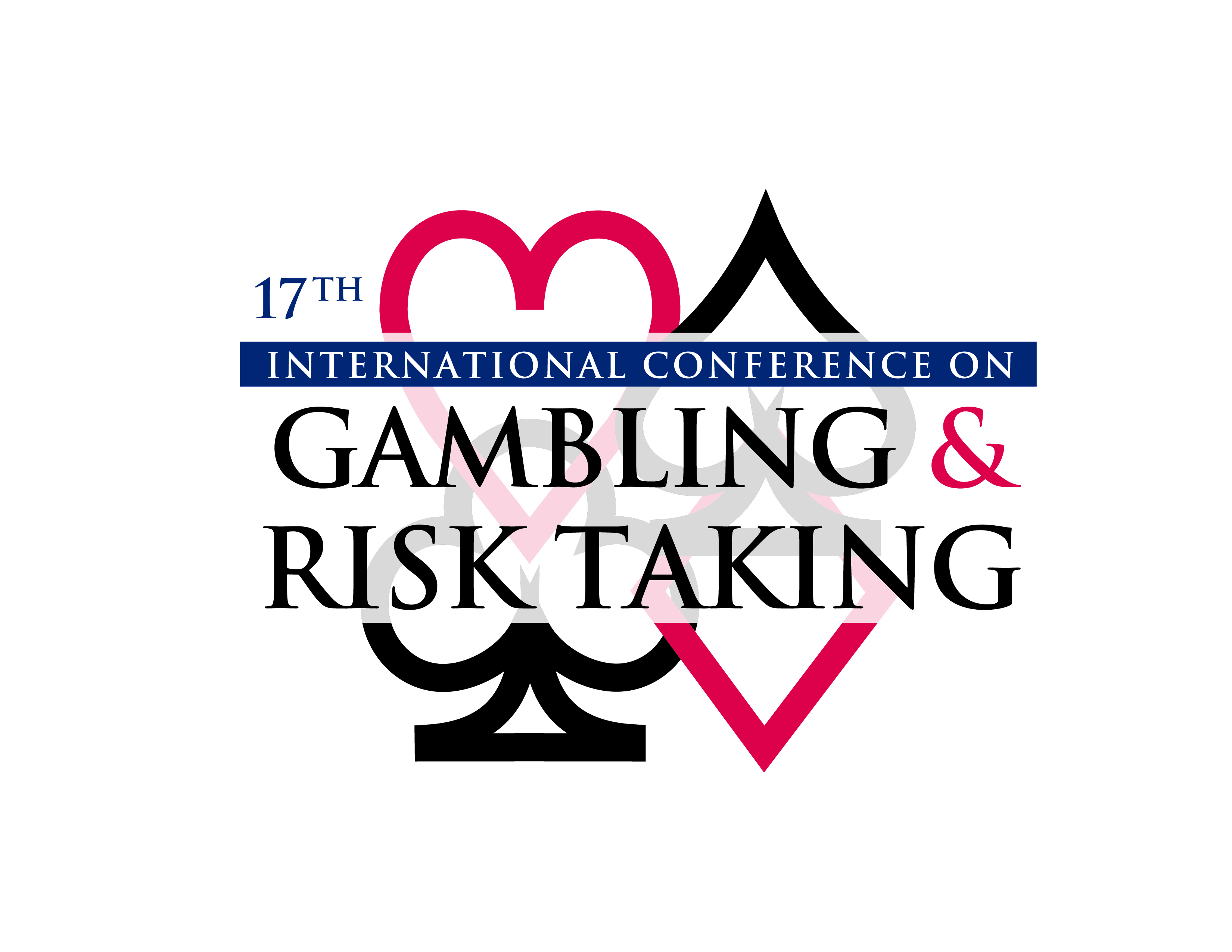Session Title
Session 2-1-B: Harm and Health
Presentation Type
Event
Location
Caesars Palace, Las Vegas, Nevada
Start Date
29-5-2019 9:00 AM
End Date
29-5-2019 10:25 AM
Disciplines
Other Social and Behavioral Sciences
Abstract
In January 2017, three Finnish gambling operators were merged into a single company. The Gambling Harms-surveys aim are to study gambling, gambling-related harm and exposure to gambling marketing before and after the merger. These results are based on the situation before the merger. Finnish gambling operators provide responsible gambling tools for gamblers to assist gamblers to keep the gambling limit in control. This study evaluates the awareness and use of the currently available tools. The randomly sampled population-based first wave data was collected between January-March 2017 (n=7 186, response rate 36%). In addition, we collected the data (n=119) from help-seeking gamblers who sought help from Helsinki Gambling Clinic.
In the population survey, financial or emotional harms were most prevalent. In the clinical survey, help-seeking gamblers experienced a noteworthy amount of harm. 92% of the respondents were aware of at least one of these tools. The most familiar tools were closing an online gambling account (82%) and imposing a spending limit (82%). 86% of the respondents had used at least one responsible gambling tool. Over half had used identification at registration phase (59%), set a spending limit (53%) and 52% used self-assessment tool. Implications of these findings are discussed.
Keywords
gambling, gambling-related harm, population-based survey, help-seeking gamblers, responsible gambling tools
Funding Sources
Funding This research was funded by the Ministry of Social Affairs and Health, Helsinki, Finland (section 52 of the Appropriation of the Lotteries Act). However, the Ministry had no role in the study design, analysis, or interpretation of the results nor in any phase of the publication process.
Competing Interests
Competing interests Authors SC;AHS declare no conflict of interest in relation to this manuscript.
Gambling-related harms and the use of the responsible gambling tools: Gambling Harms 2016 surveys
Caesars Palace, Las Vegas, Nevada
In January 2017, three Finnish gambling operators were merged into a single company. The Gambling Harms-surveys aim are to study gambling, gambling-related harm and exposure to gambling marketing before and after the merger. These results are based on the situation before the merger. Finnish gambling operators provide responsible gambling tools for gamblers to assist gamblers to keep the gambling limit in control. This study evaluates the awareness and use of the currently available tools. The randomly sampled population-based first wave data was collected between January-March 2017 (n=7 186, response rate 36%). In addition, we collected the data (n=119) from help-seeking gamblers who sought help from Helsinki Gambling Clinic.
In the population survey, financial or emotional harms were most prevalent. In the clinical survey, help-seeking gamblers experienced a noteworthy amount of harm. 92% of the respondents were aware of at least one of these tools. The most familiar tools were closing an online gambling account (82%) and imposing a spending limit (82%). 86% of the respondents had used at least one responsible gambling tool. Over half had used identification at registration phase (59%), set a spending limit (53%) and 52% used self-assessment tool. Implications of these findings are discussed.

